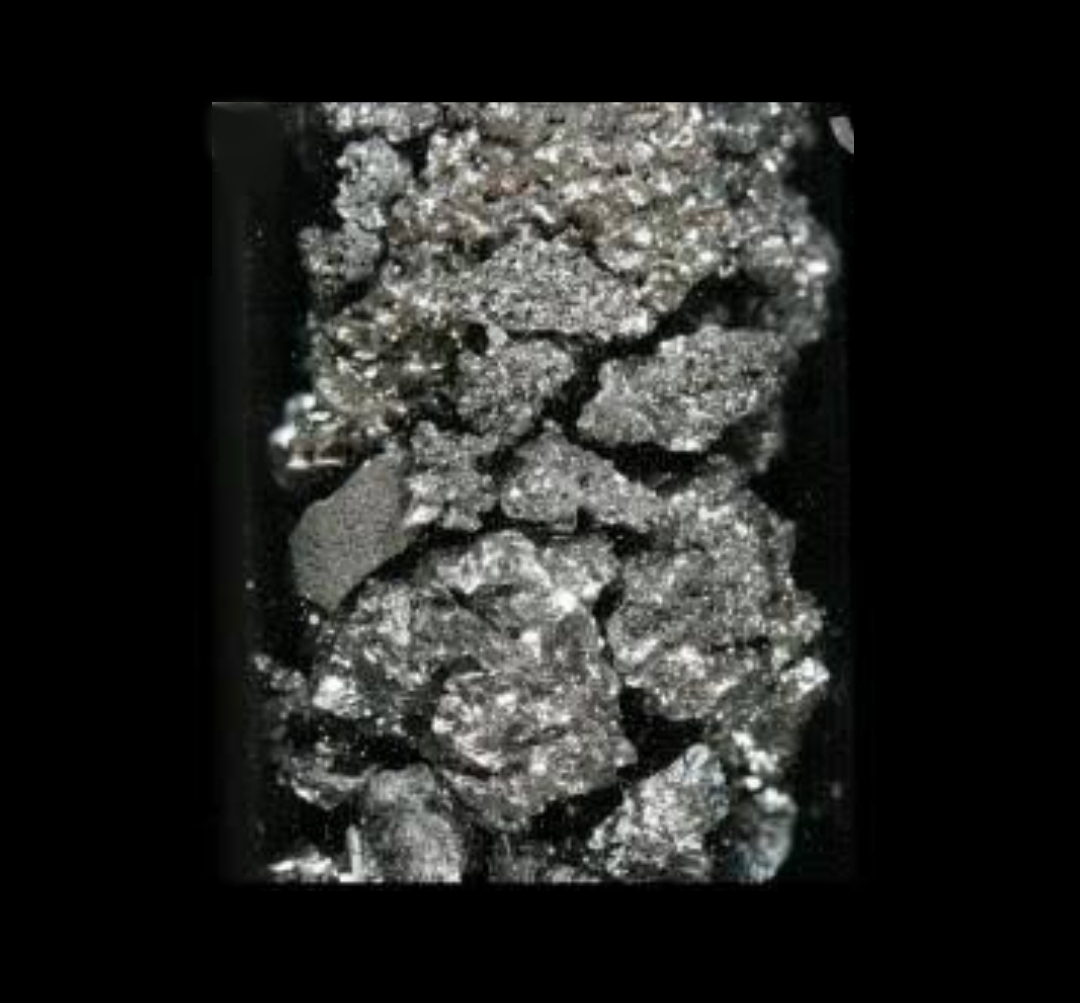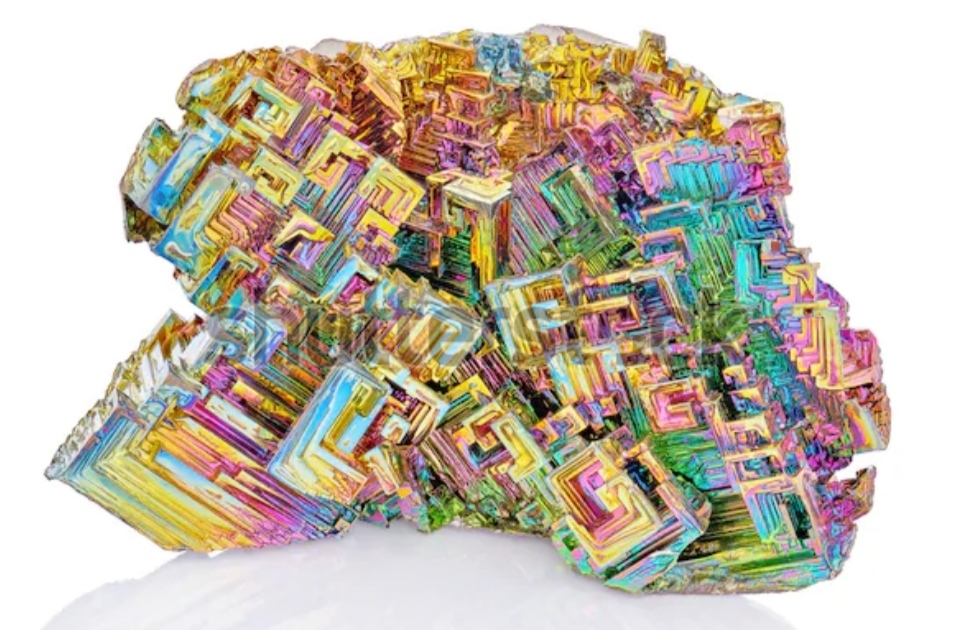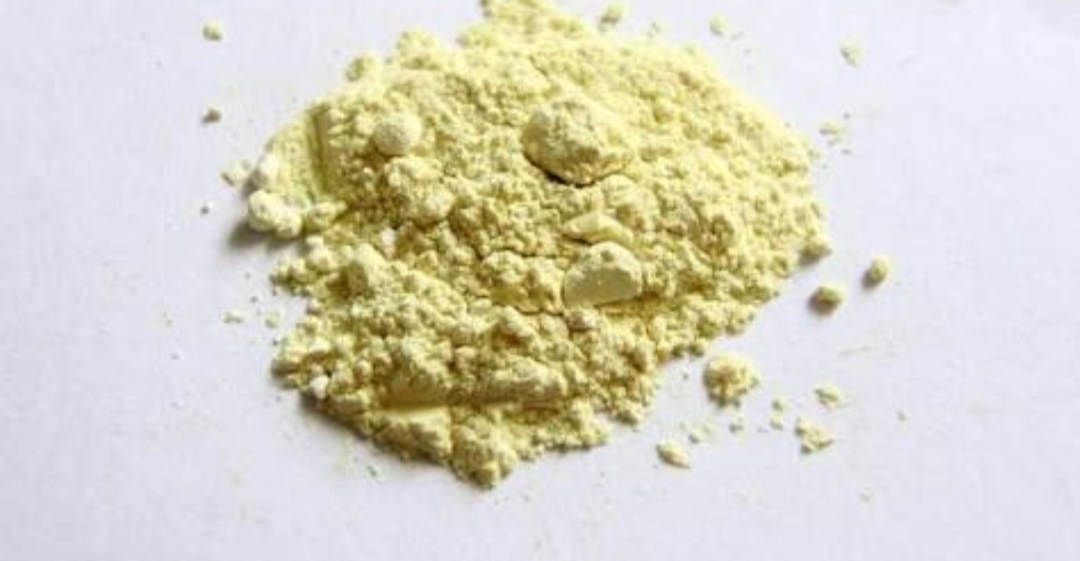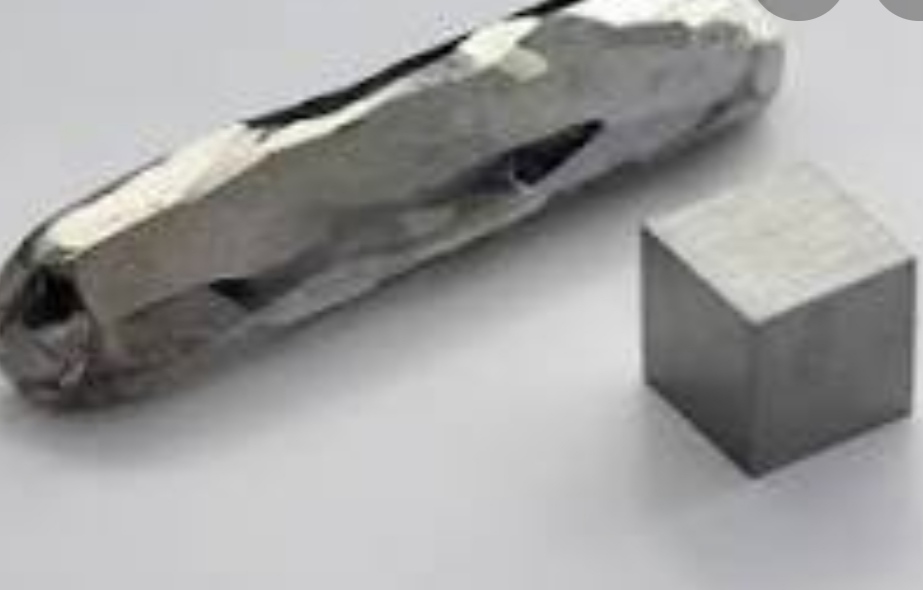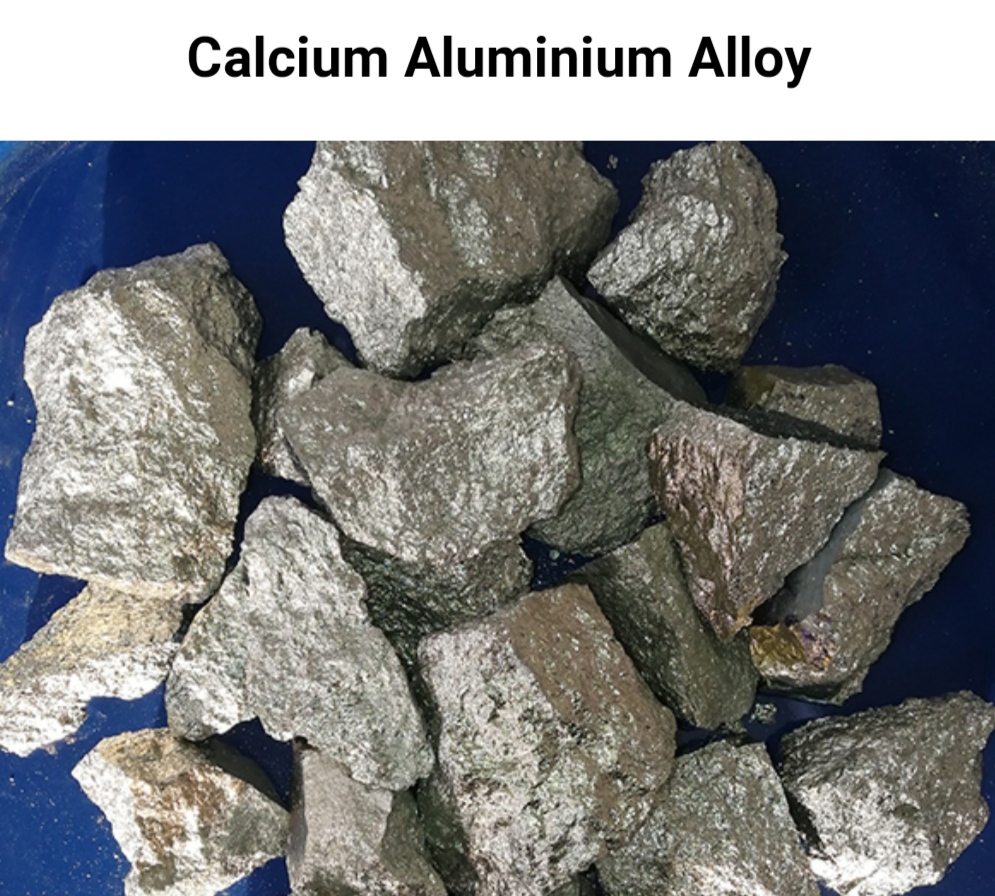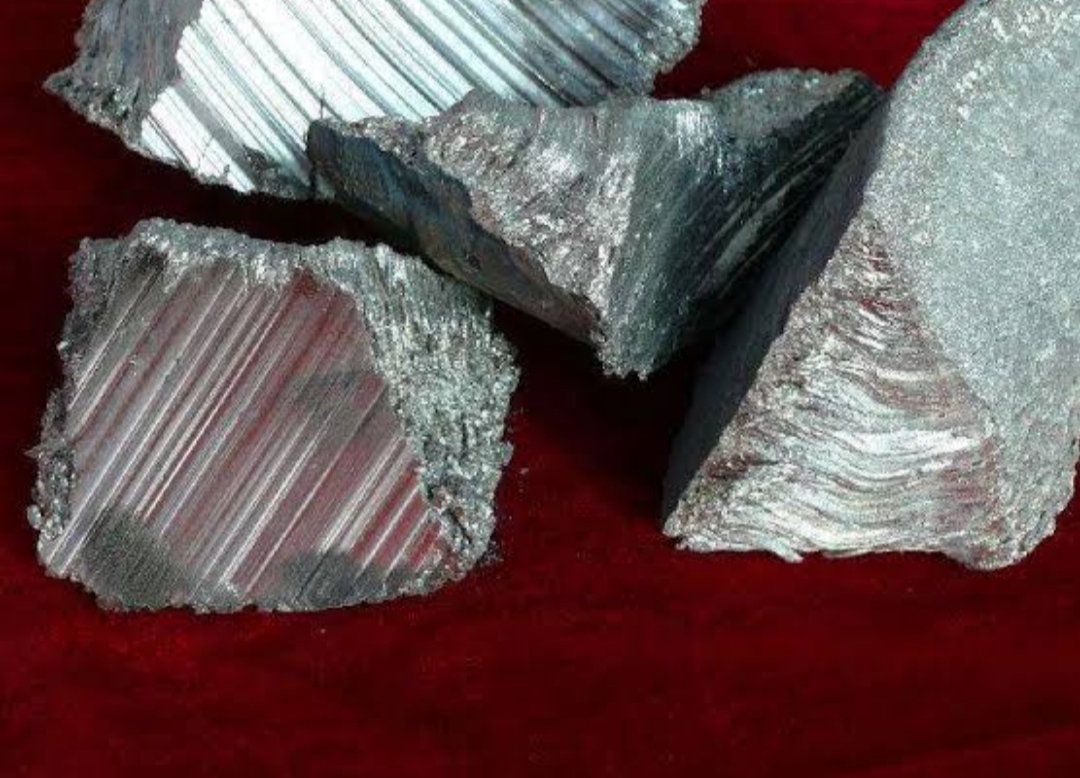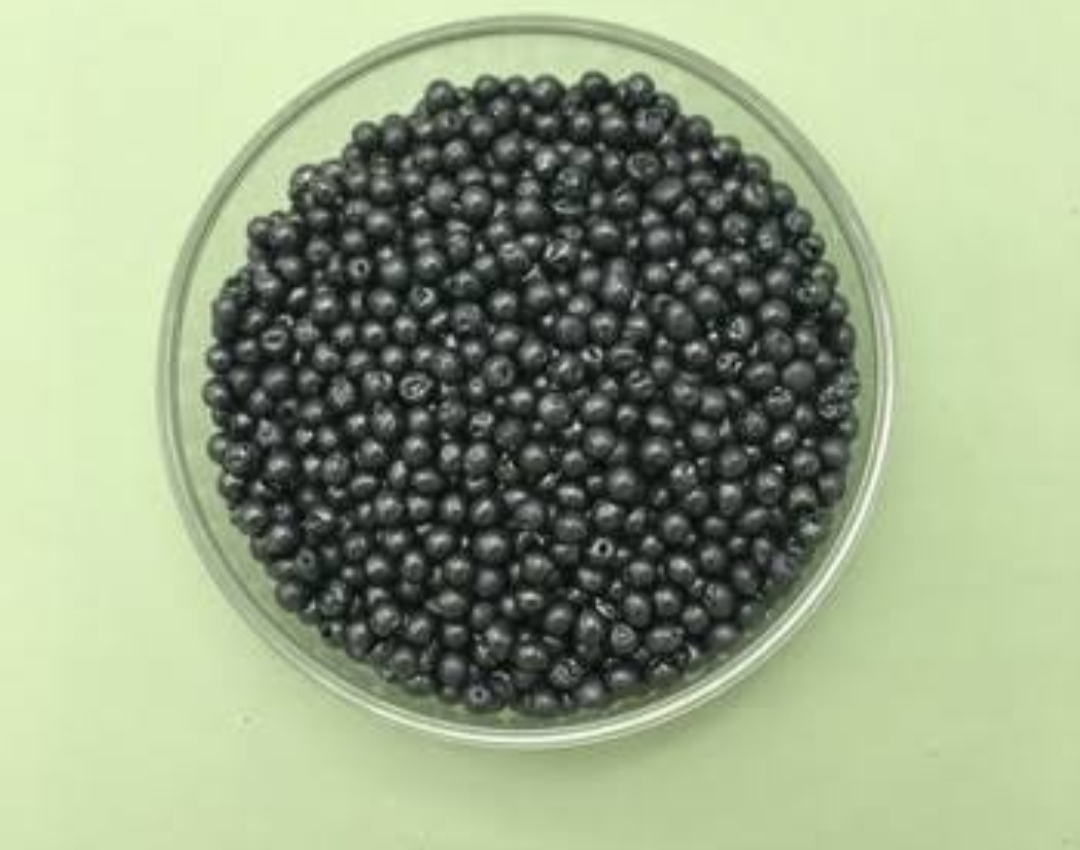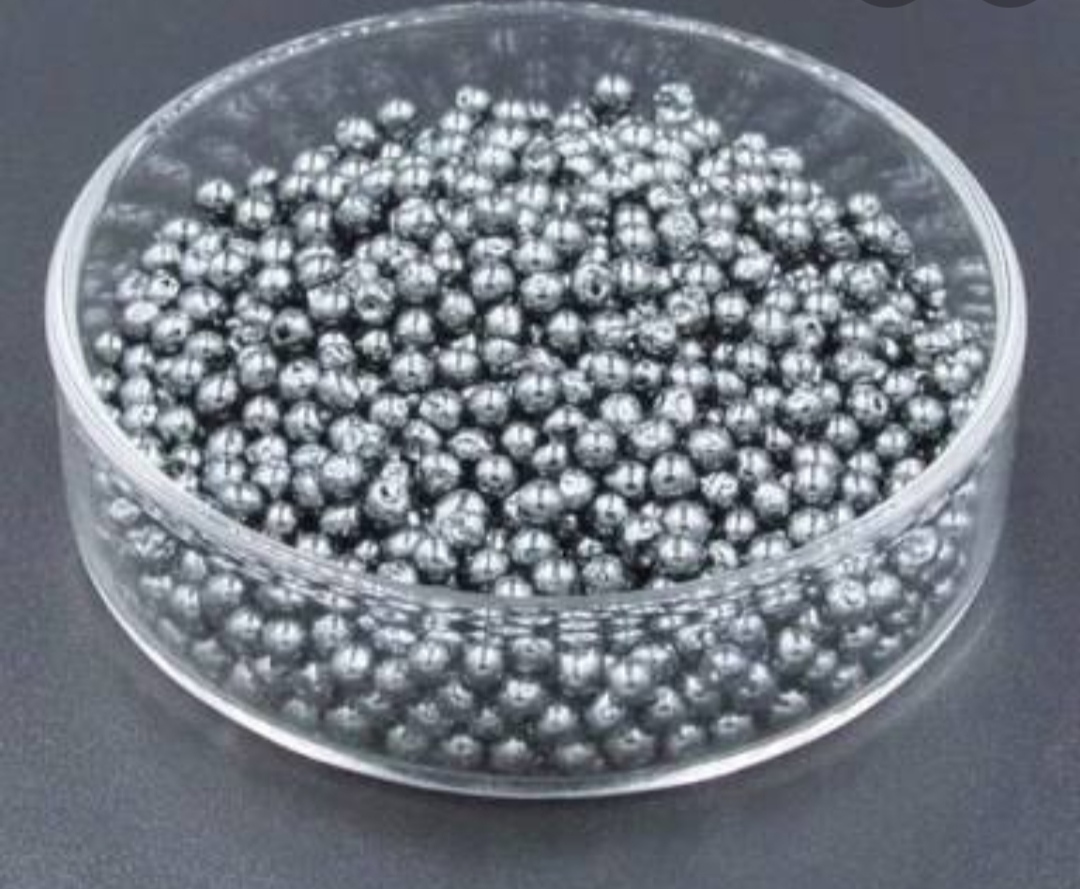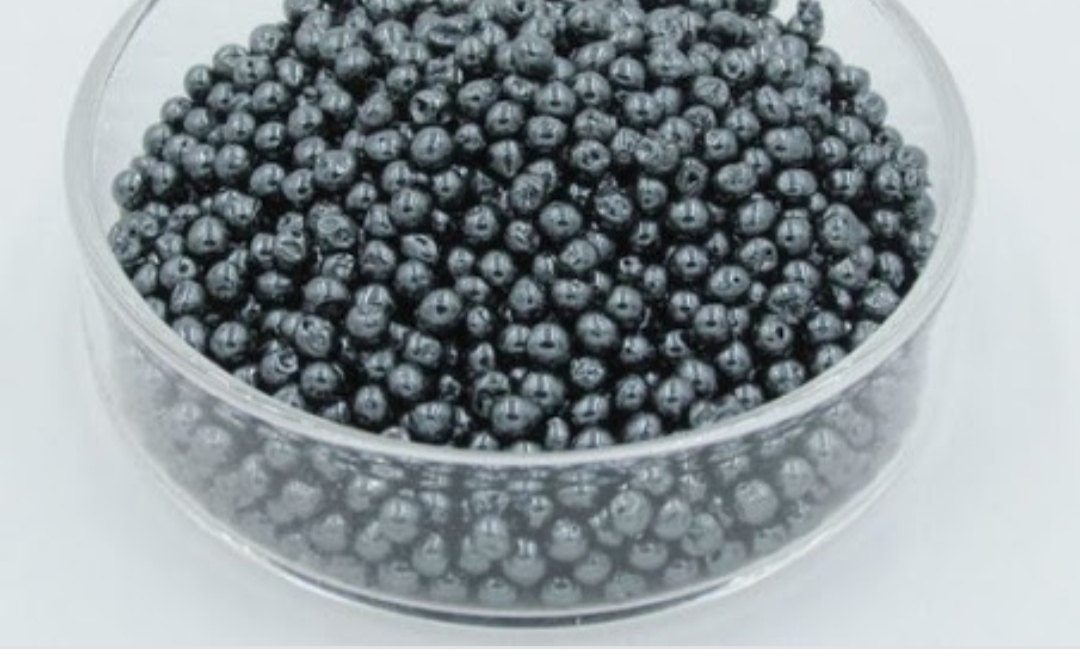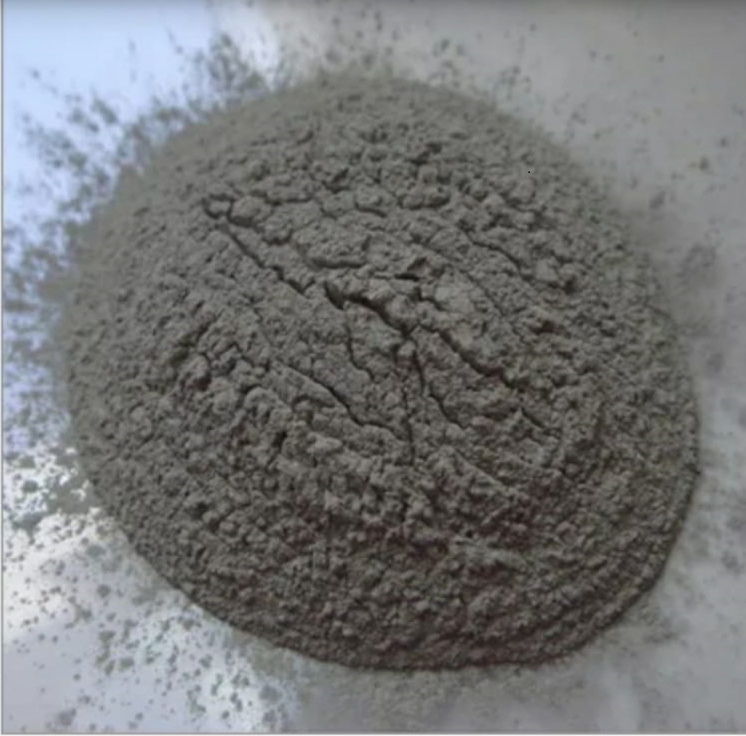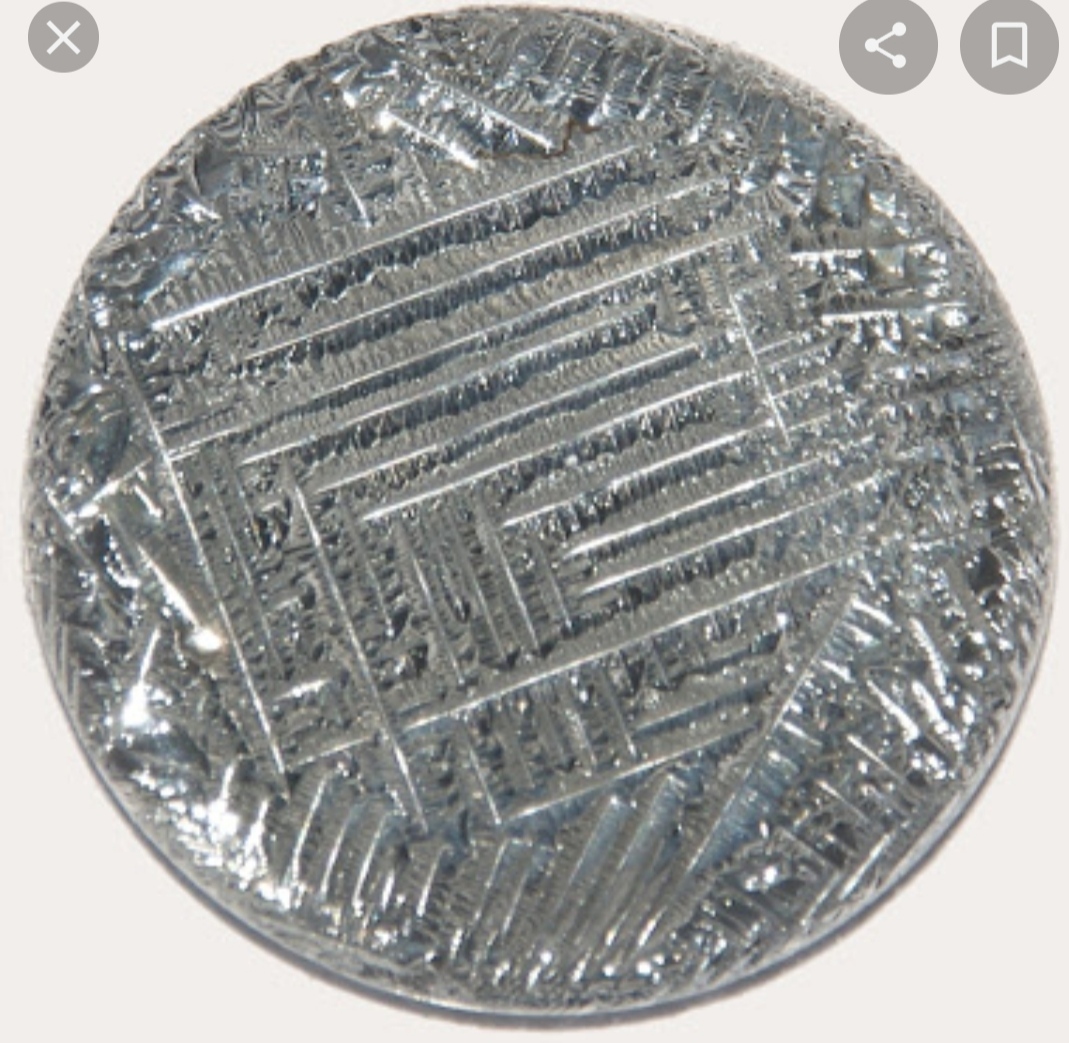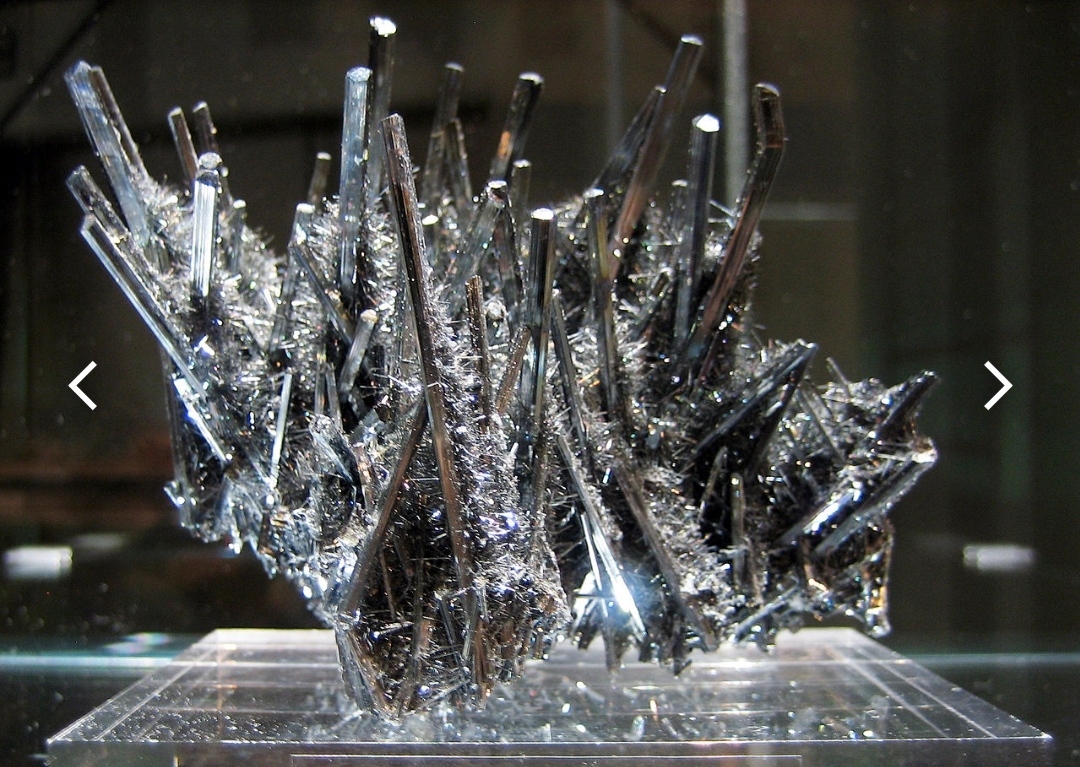
Antimony
Antimony is a chemical element with the symbol Sb and atomic number 51. A lustrous gray metalloid, it is found in nature mainly as the sulfide mineral stibnite. Antimony compounds have been known since ancient times and were powdered for use as medicine and cosmetics, often known by the Arabic name kohl.
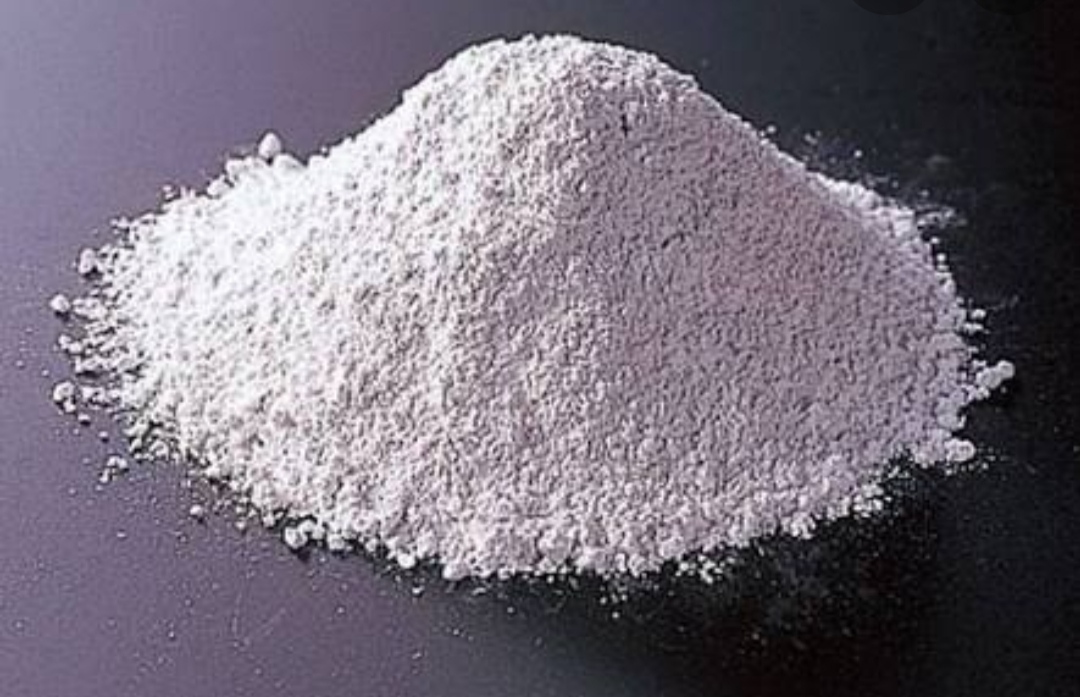
Antimony Trioxide
Antimony(III) oxide is the inorganic compound with the formula Sb?O?. It is the most important commercial compound of antimony. It is found in nature as the minerals valentinite and senarmontite. Like most polymeric oxides, Sb?O? dissolves in aqueous solutions with hydrolysis.
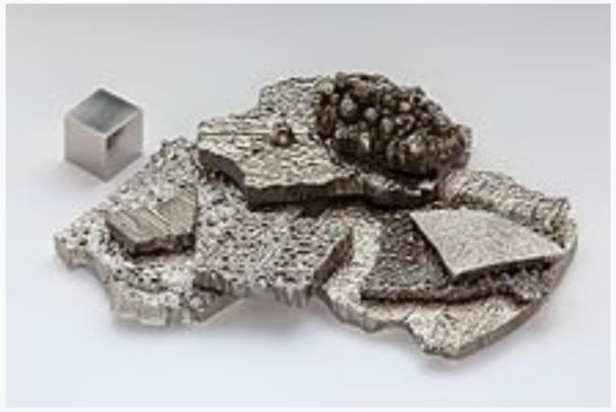
Cobalt
Cobalt is a chemical element with the symbol Co and atomic number 27. Like nickel, cobalt is found in the Earth's crust only in chemically combined form, save for small deposits found in alloys of natural meteoric iron. The free element, produced by reductive smelting, is a hard, lustrous, silver-gray metal.
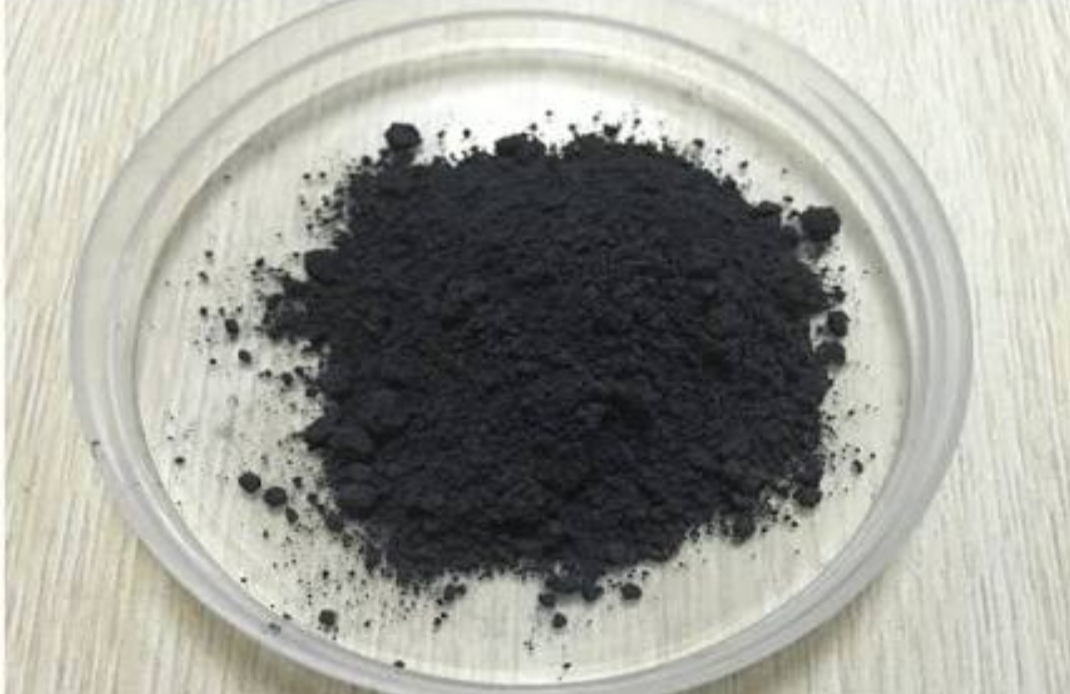
Cobalt Oxide
Cobalt(II) oxide or cobalt monoxide is an inorganic compound that appears as olive-green to red crystals, or as a greyish or black powder. It is used extensively in the ceramics industry as an additive to create blue colored glazes and enamels as well as in the chemical industry for producing cobalt(II) salts.
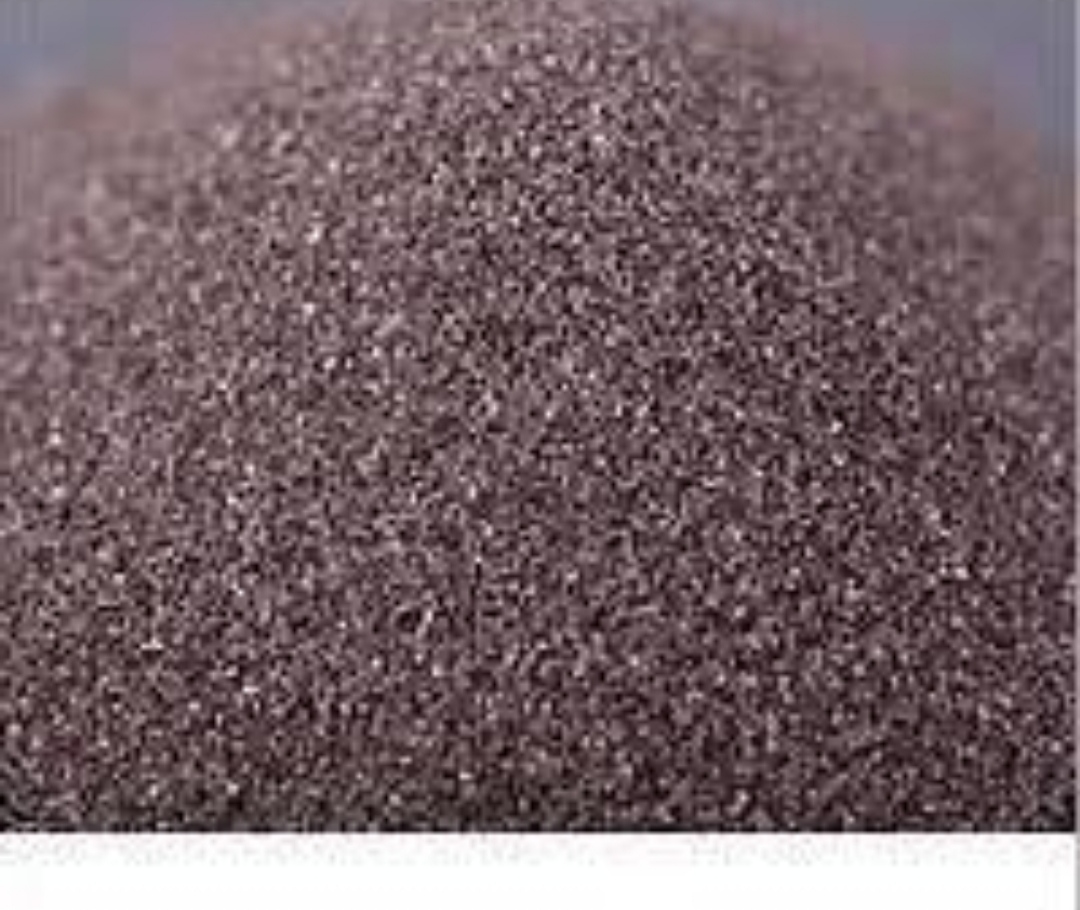
Manganous Manganic Oxide
Manganese (IV) oxide is the inorganic compound with the formula MnO2. ... Moreover, MnO2 increases the life-span of a Leclanche dry cell battery; to increase the rate of removal of hydrogen bubbles in a Leclanche dry cell. MnO2 is also used for dry-cell batteries, such as the alkaline battery and the zinc-carbon battery.
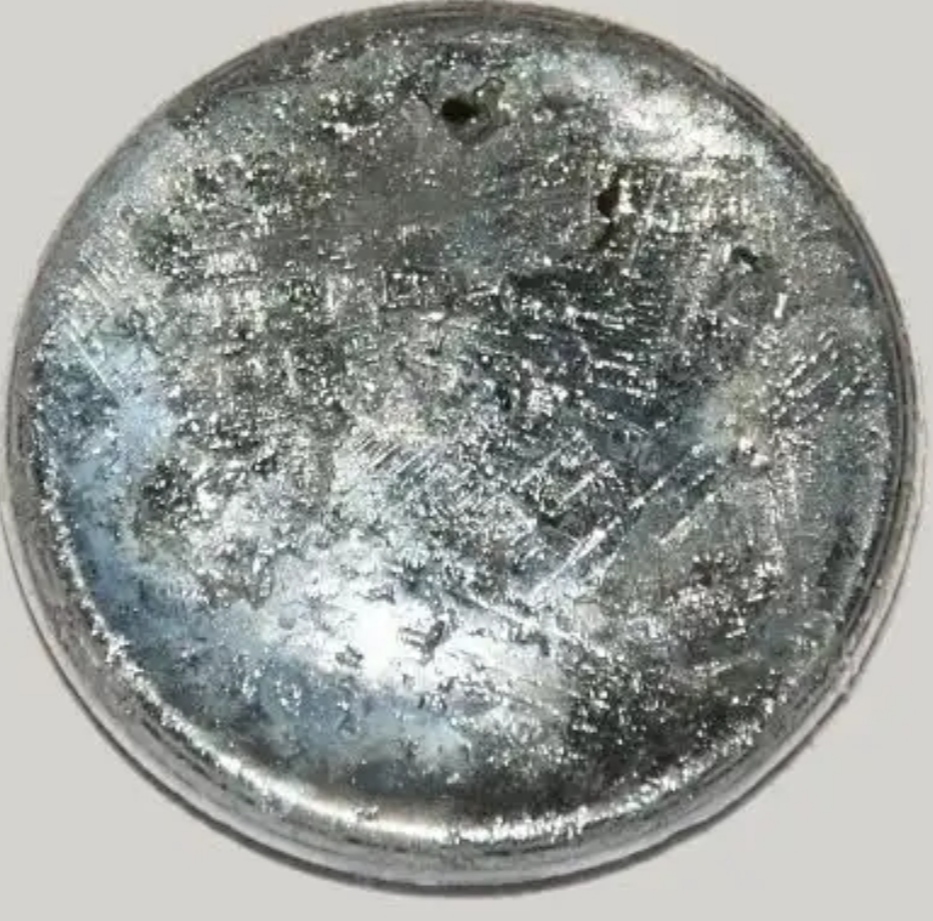
Tellurium
Tellurium is a chemical element with the symbol Te and atomic number 52. It is a brittle, mildly toxic, rare, silver-white metalloid. Tellurium is chemically related to selenium and sulfur, all three of which are chalcogens. It is occasionally found in native form as elemental crystals.
